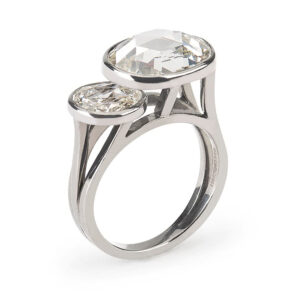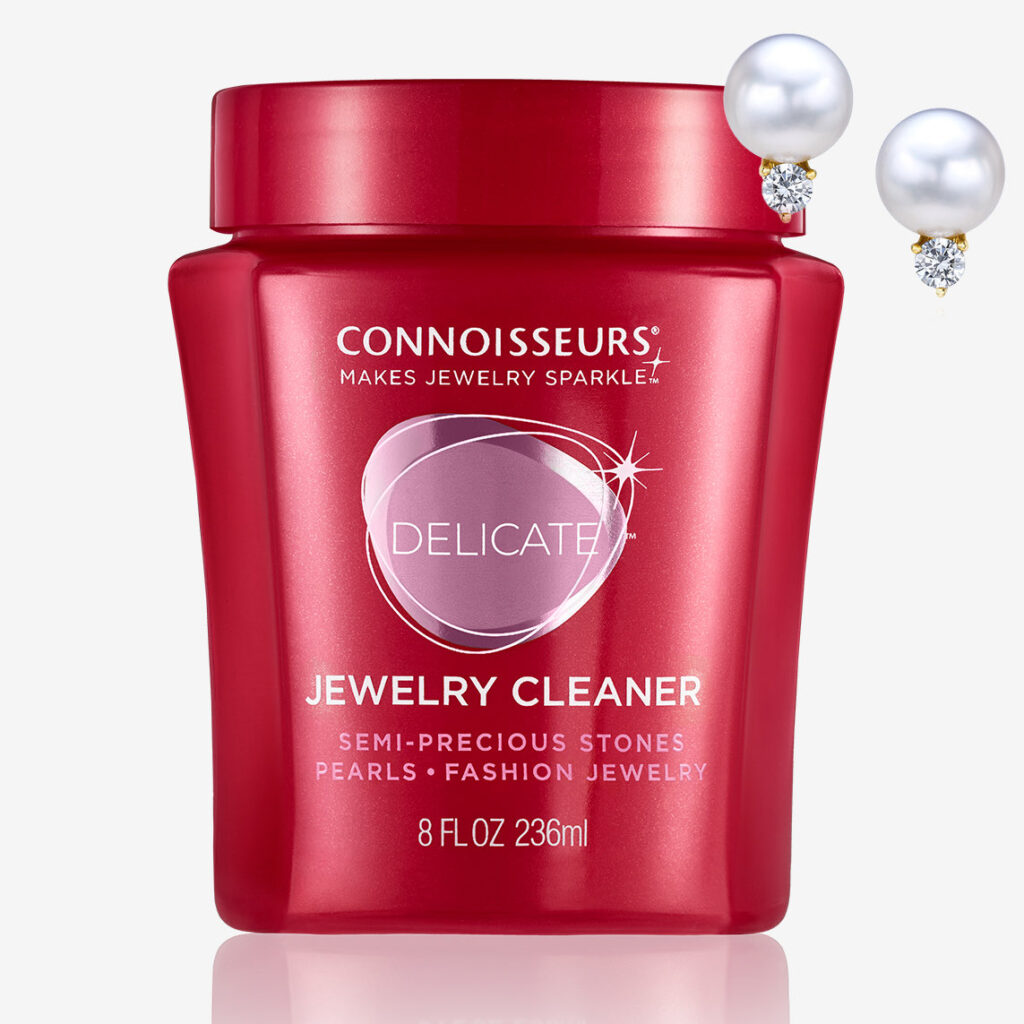

July 31, 2025
What Are the Differences Between Lab-Grown and Naturally Mined Diamonds
We explore the difference between the two with a deep dive into the sparkle.
Diamonds have captivated people for centuries with their unparalleled brilliance and enduring allure. Traditionally, these precious gems were unearthed, well from the earth. However, the last few decades have seen the rise of a new contender in the diamond world: lab-grown diamonds.
So, what’s the real story behind these two sparkling options? Are they truly different, or is it just a matter of origin? Let’s break down the key distinctions between lab-grown and naturally mined diamonds.

The Science Behind the Sparkle: Identical Composition
Perhaps the most surprising truth about lab-grown diamonds is that they are, in essence, identical to naturally mined diamonds in their fundamental properties. Both are composed of pure carbon atoms arranged in a crystalline lattice structure. This means they share:
- Chemical Composition: Both are 100% carbon.
- Physical Properties: They exhibit the same hardness (10 on the Mohs scale, making them the hardest known mineral), density, and refractive index.
- Optical Properties: They sparkle, scintillate, and exhibit fire in the same way. To the naked eye, it is virtually impossible to tell the difference between a high-quality lab-grown diamond and a naturally mined diamond.
- The 4 Cs. Reputable gemological institutes like the International Gemological Institute (IGI) use the 4 Cs to assess lab-grown diamonds, just like mined diamonds.

How They’re Made
The critical difference lies in their origin:
- Naturally Mined Diamonds: These are formed over billions of years deep within the earth’s mantle under immense heat and pressure. Volcanic activity then brings them closer to the surface, where they are eventually mined. The process is lengthy, unpredictable, and involves significant geological forces and physical labor or miners.
- Lab-Grown Diamonds: These are created in controlled laboratory environments, mimicking the natural diamond-growing conditions.
While the growth patterns and trace elements can sometimes differ slightly (for example, natural diamonds often contain trace amounts of nitrogen, while many lab-grown diamonds do not), specialized equipment is required for gemologists to differentiate them.

Durability: Built to Last, Regardless of Origin
When it comes to durability, there’s no distinction. Since their chemical and physical properties are the same, lab-grown diamonds are just as hard and durable as natural diamonds. Both are equally resistant to scratches and are suitable for everyday wear in jewelry like engagement rings. The phrase “diamonds are forever” applies equally to both.
Ethical and Environmental Considerations: A Growing Discussion
This is often where the conversation gets more nuanced:
- Naturally Mined Diamonds: The mining of natural diamonds has historically been associated with various ethical and environmental concerns, including conflict diamonds, human rights abuses, and significant land disturbance, habitat destruction, and water pollution.
How to Clean Diamonds: Read our Connoisseurs Guide
- Lab-Grown Diamonds: Generally, lab-grown diamonds are marketed as a more ethical and environmentally friendly alternative. They bypass the issues of conflict diamonds and mining’s destructive impact on landscapes and ecosystems. However, it’s important to note that the production of lab-grown diamonds is energy-intensive. The eco-friendly aspect largely depends on whether the laboratories utilize renewable energy sources. Many producers are increasingly focusing on sustainable practices.
How to Clean Lab-Grown Diamonds: Read our Connoisseurs Guide
Price: The Most Apparent Difference
For many consumers, the price tag is the most significant differentiator:
- Naturally Mined Diamonds: Due to their rarity, the extensive resources required for mining, and a controlled supply chain, natural diamonds typically come with a higher price point. Their value has historically been seen as more stable, and they tend to retain a higher percentage of their original value in the resale market.
- Lab-Grown Diamonds: Lab-grown diamonds are generally significantly more affordable, often costing up to 80% less than a comparable natural diamond. This is due to the efficiency of the production process and the ability to produce them on a larger scale. While their price has decreased over time with technological advancements, they still represent excellent value. However, their resale value is currently lower compared to natural diamonds.

Choosing Between Naturally Mined and Lab-Grown Diamonds
- If you prioritize traditional rarity, historical value, and potential long-term investment, a naturally mined diamond might be your preference.
Connoisseurs Tip: You can always buy a vintage naturally mined diamond if you have ecological or ethical concerns and don’t want to invest in a lab-grown diamond.
- If you seek an identical, beautiful diamond at a more accessible price point, with a focus on ethical sourcing and a reduced environmental footprint, a lab-grown diamond is an increasingly popular and compelling choice.
Featured Image – Gigi Hadid Attends the Met Gala in Smiling Rocks Diamonds, Getty images





